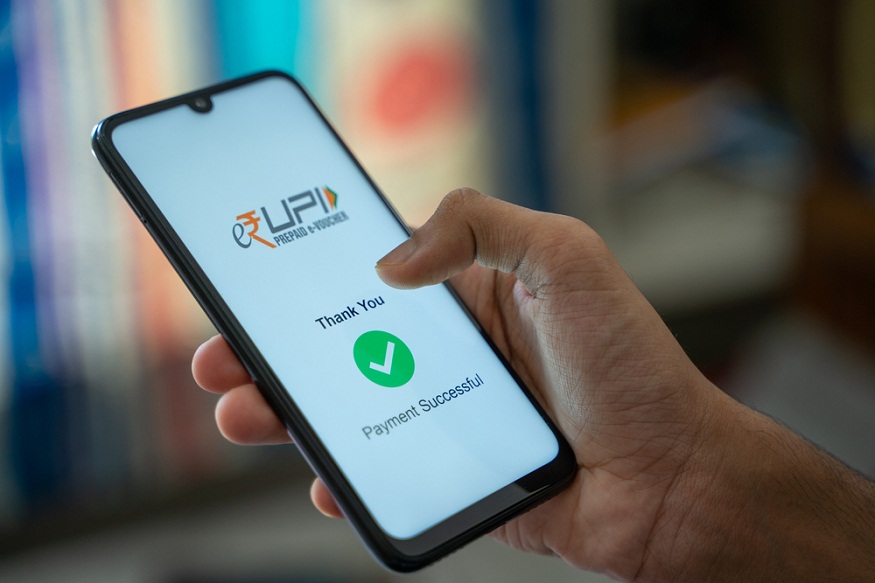In the bustling realm of digital payments, the Unified Payments Interface (UPI) has revolutionised how Indians handle transactions. It’s quick, efficient, and remarkably user-friendly. However, with convenience comes the inevitable concern for security. Cyber threats, as we know too well, are growing in complexity, posing significant risks to our financial data. Thus, the first step in safeguarding your finances is ensuring the UPI app download process is secure. This article walks you through actionable steps to solidify your download safety, ensuring peace of mind with each transaction.
Understanding the Magnitude of UPI
Unified Payments Interface (UPI) is not just a trend; it’s a lifeline for over 100 million Indians engaged in digital transactions. According to the National Payments Corporation of India (NPCI), UPI transactions soared to an impressive 6.57 billion in September 2022 alone. But with great numbers come equally significant risks. Cybersecurity threats are omnipresent, making it crucial for users to exercise caution right from the UPI app phase.
Why is a Secure UPI App Download Essential?
Before delving into the procedures themselves, it is vital to grasp why a secure download process is imperative. When you download a UPI app, you are not merely adding another icon to your phone. You are entrusting the app with sensitive bank information, personal data, and the credibility of each transaction you make. Thus, securing this step is analogous to constructing a sturdy foundation for a building.
How to Download UPI Apps Securely
The digital world is not bereft of malicious actors waiting to exploit vulnerabilities. Employing best practices during the download phase can shield you from potentially dire consequences.
1. Opt for Official App Stores
The first and foremost rule is to always download your UPI app from official app stores like Google Play Store or Apple App Store. These platforms routinely scan applications for malware and adhere to strict privacy standards, offering a more secure environment than third-party sites.
2. Verify the Developer
Before you click the download button, take a moment to check the app’s developer. Legitimate UPI apps are usually backed by recognised banks or consortiums like NPCI. A quick online search can save you from downloading a counterfeit app.
3. Read Reviews and Ratings
User reviews and ratings provide a treasure trove of information. Look for apps with consistent, positive feedback. Often, a compromised or malicious app will have reviews that raise red flags, alerting you to potential issues.
4. Examine App Permissions
When downloading a UPI app, scrutinise the permissions it requests. Stay cautious if an app asks for unnecessary permissions, such as access to your contacts or media files, as these could indicate malicious intent.
5. Utilise Two-Factor Authentication
Enabling two-factor authentication adds an additional layer of security. Even if a fraudster manages to obtain your credentials, they would still require the secondary code to gain access.
Ensuring Continued Security Post-Download
Securing your transaction environment does not stop post-download; it is an ongoing responsibility that necessitates vigilance.
1. Regularly Update Your App
Updates are not just about getting new features. They often include security patches that fix vulnerabilities. Always ensure that your UPI app is up to date.
2. Monitor Account Statements
Frequent monitoring of your bank statements ensures that you can catch any unauthorised transactions early. Most banks offer SMS alerts for transactions, which can serve as a real-time monitoring tool.
3. Use Strong, Unique Passwords
Utilise strong, unique passwords for your UPI app. A robust password, combined with two-factor authentication, can deter most phishing attempts.
4. Be Wary of Phishing Scams
Phishing scams often come in the form of emails or messages enticing you to download malicious updates. Always verify before clicking on any links, particularly if they claim to be urgent updates from your bank.
The Role of Financial Institutions
While individual effort is crucial, financial institutions play a pivotal role in maintaining transaction security. Regular communication from banks regarding safe practices, potential threats, and updates about new security measures can significantly enhance user awareness and safety.
Educating Users
Banks and payment platforms should invest in educating their users about the potential risks and best security practices. A well-informed user base acts as the first line of defence against cyber threats.
Investing in Technology
Cutting-edge security software and encryption technologies are essential investments for any institution dealing with sensitive financial data. Such measures make breaching systems much more challenging for cybercriminals.
Conclusion: A Call to Vigilance
In our quest for convenience, we must not forsake security. The UPI app download process is the first step that sets the tone for your financial safety in the digital world. By adhering to the guidelines outlined above, you not only protect your financial assets but also contribute to a safer digital payment ecosystem.
Bear in mind that security is a shared responsibility between consumers and institutions. As users, our role is to remain vigilant and informed. It’s about building habits that not only foster convenience but also ensure our financial safety is never compromised.
Start implementing these measures today and invite others in your circle to do the same. Because, in the digital era, an ounce of prevention truly is worth a pound of cure.



